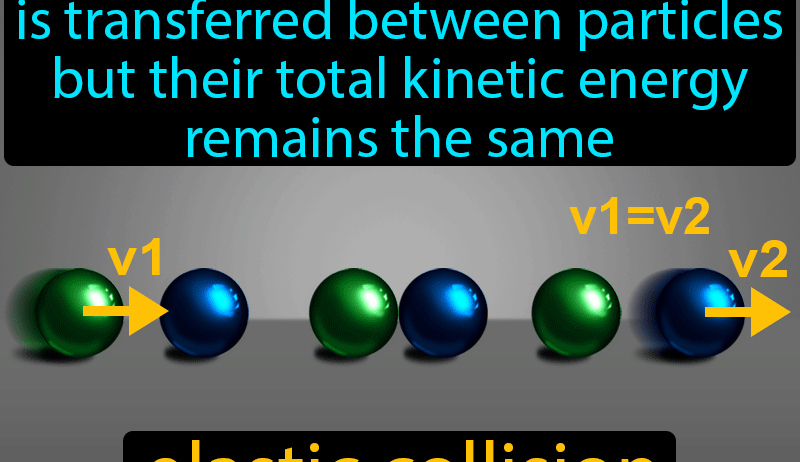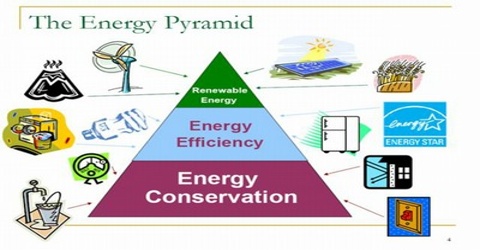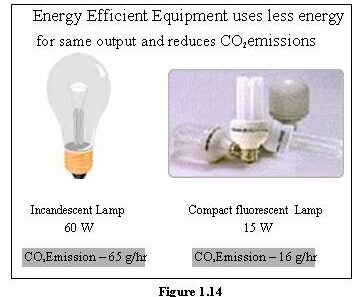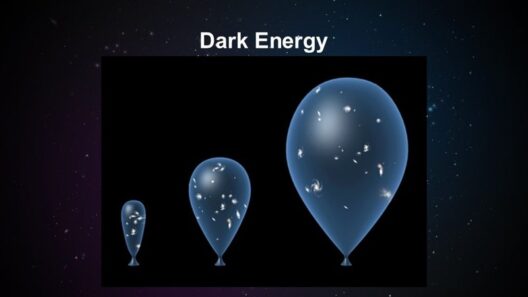Elastic collisions are a captivating phenomenon in the realm of physics, drawing attention for their distinct characteristics and implications in energy conservation. When two objects collide elastically, a fascinating dance occurs. Unlike in inelastic collisions, where some kinetic energy is transformed into other forms of energy, elastic collisions preserve the entirety of kinetic energy involved. The exploration of kinetic energy conservation during these interactions reveals deeper insights into the laws governing motion and energy.
Understanding elastic collisions requires a firm grasp of several fundamental concepts. To begin with, kinetic energy is the energy an object possesses due to its motion, and it is mathematically expressed as KE = 1/2 mv², where m is mass and v is velocity. In elastic collisions, both momentum and kinetic energy are conserved, setting them apart from inelastic interactions. The juxtaposition of these principles provides a fertile ground for inquiry into why kinetic energy remains unaltered when two objects collide elastically.
The essence of an elastic collision can be encapsulated within the definition: it occurs when two bodies collide and rebound without lasting deformation or heat generation. This recoil is pivotal; it signifies not just a momentary interaction but a full exchange of energy between colliding particles, enabling them to retain their initial kinetic energies post-collision. Bewilderingly, real-world examples of perfect elastic collisions are seldom witnessed outside of idealized scenarios. Such instances can be observed in atomic and subatomic interactions, where collisions among particles like atoms or molecules exhibit elastic behavior under specific conditions.
The conservation of momentum in elastic collisions is paramount. Momentum, defined as the product of mass and velocity, is a vector quantity that retains consistency in an isolated system devoid of external forces. In an elastic context, the total momentum pre- and post-collision remains constant. This principle can be articulated through the equation m₁v₁₀ + m₂v₂₀ = m₁v₁ + m₂v₂, where m represents mass and v velocity. The elegant symmetry in this relationship paves the way for a thorough analysis of energy transference during collisions.
Engaging with the intricacies of energy conservation in elastic collisions underscores the fundamental principles of conservation laws in physics. One notable aspect is the interplay between elasticity and conservation of energy. When two objects collide elastically, the kinetic energy before impact is equal to the total kinetic energy after impact. This can be understood conceptually: if two balls, for example, collide and exchange velocities, the speed at which they move post-collision reflects the precise input before the interaction. Thus, even though the velocities of individual objects may change, the sum of their kinetic energies remains invariant.
Examining practical applications of elastic collisions enhances the understanding of energy conservation. A classic illustration is the game of billiards, where the movement of the balls post-collision serves as an exemplary model of elastic behavior. Here, players must comprehend how their strikes influence not only the trajectory of individual balls but also the overall energy dynamics of the game. The knowledge of kinetic energy conservation informs strategies and enhances performance, proving indispensable in competitive scenarios.
It’s fascinating to consider why elastic collisions are often portrayed as an ideal state, despite their rarity in everyday life. The allure lies in the clarity they provide in dissecting complex interactions and the opportunity to witness conservation in a seemingly chaotic world. In a broader context, understanding these principles equips researchers and engineers to design more efficient systems, from vehicle safety mechanisms to optimizing energy transfers in various industrial applications. The principles gleaned from studying elastic collisions ripple outward into diverse fields, nurturing innovations in technology and supporting environmental sustainability efforts.
Delving into the broader implications of energy conservation reveals additional layers of curiosity. The preservation of energy during elastic collisions hints at a fundamental balance inherent in nature, guiding scientists to explore energy exchanges at various scales. This contemplation extends to ecological systems, where energy conservation principles resonate with the efficiency of resource use. The parallels drawn between physical laws and environmental dynamics suggest a cohesive narrative wherein energy cycles remain intact, enhancing our understanding of sustainability.
Furthermore, recognizing the implications of elastic collisions can lead to intriguing thought experiments. What would happen if real-world collisions operated under perfectly elastic conditions? Would vehicular designs shift towards enhancing rubber-like properties? Such inquiries stimulate innovative thinking and challenge current paradigms, navigating us closer to ecological harmony through a thorough examination of energy principles.
In conclusion, the exploration of kinetic energy conservation during elastic collisions transcends mere theoretical inquiry, offering avenues for practical application and inviting deeper reflection on the balance of natural laws. Understanding these interactions enhances not only our grasp of energy dynamics but also cultivates a sense of awe for the intricate systems that govern our world. The studies of collisions, energy conservation, and momentum management form a cornerstone in the bridge between physics and environmental awareness, shaping a future that embraces the intricate interconnectedness of all things.






